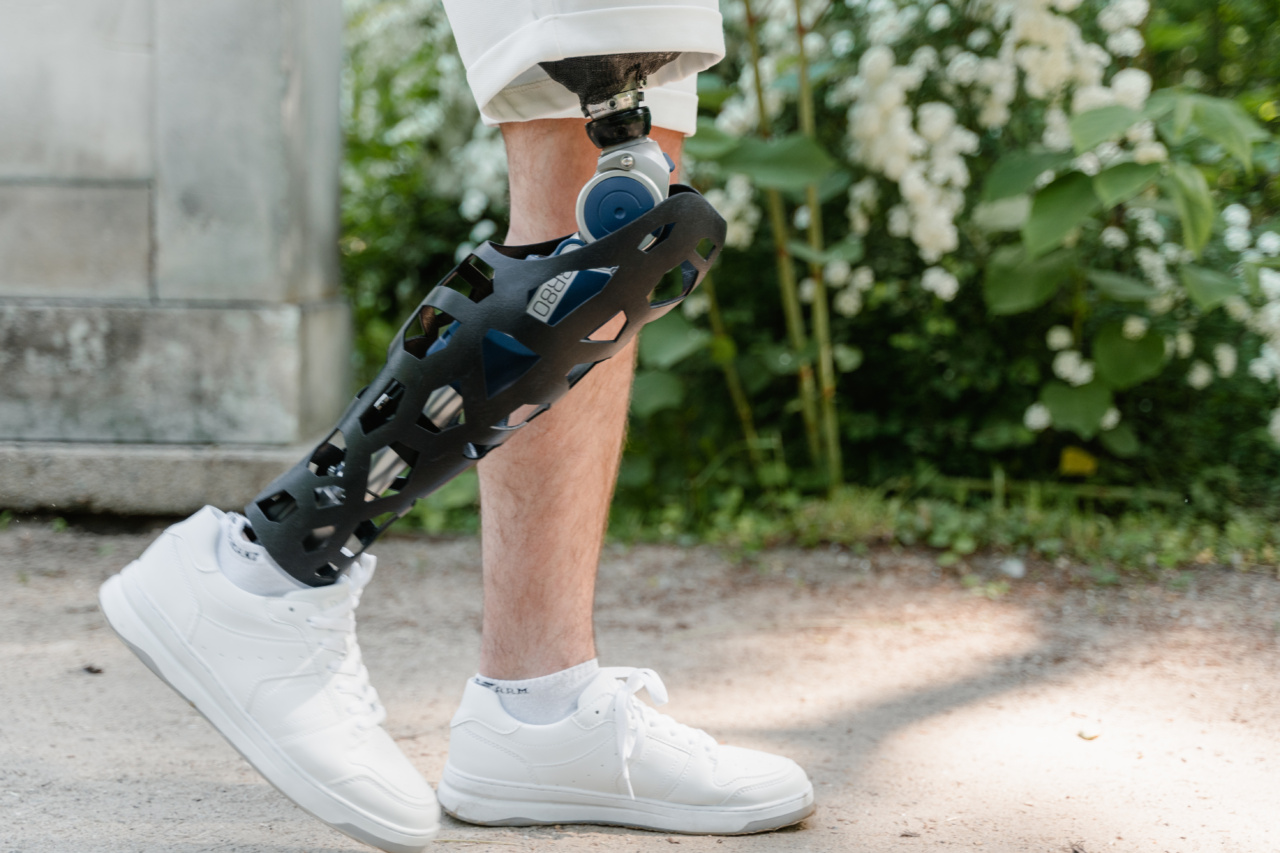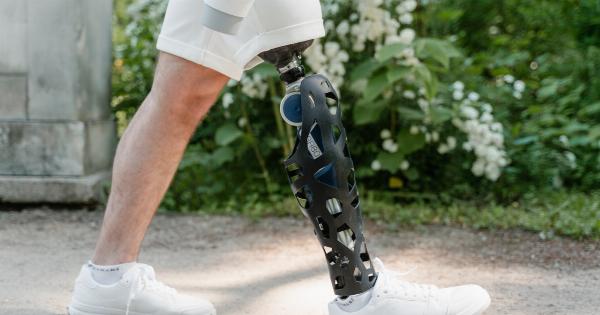Knee osteoarthritis is a condition that affects millions of people all over the world. It is a degenerative condition that affects the cartilage in the knee joint, causing pain, swelling, stiffness, and difficulty moving.
While there are many treatment options available for the condition, one of the most beneficial is walking. In this article, we’ll explore how walking can help manage knee osteoarthritis and provide tips for getting the most out of your walking routine.
What is Knee Osteoarthritis?
Knee osteoarthritis is a condition that occurs when the cartilage in the knee joint begins to break down. Cartilage is a smooth, rubbery substance that acts as a cushion between the bones in the joint.
When the cartilage breaks down, bones can rub against each other, causing pain, swelling, and stiffness. This condition can make it difficult to move the knee joint and can limit mobility.
How Walking Helps with Knee Osteoarthritis?
Walking is an excellent form of exercise for individuals with knee osteoarthritis. It can help manage the condition in several ways, including:.
1.Reducing Pain and Inflammation
Walking can reduce pain and inflammation in the knee joint. When you walk, the joint moves, which helps to lubricate it and stimulate the production of synovial fluid.
This fluid helps to reduce friction and inflammation in the joint, allowing for smoother movements.
2.Increasing Flexibility and Range of Motion
Walking can also help increase flexibility and range of motion in the knee joint. When you walk, you are engaging the muscles and ligaments around the knee, which helps to keep them flexible and strong.
This can help prevent stiffness and improve mobility.
3.Improving Overall Health and Fitness
Walking is an excellent form of exercise for overall health and fitness. It can help improve cardiovascular health, reduce blood pressure, and strengthen muscles and bones.
All of these benefits can contribute to better overall health and can help manage knee osteoarthritis.
Getting the Most Out of Walking for Knee Osteoarthritis
If you suffer from knee osteoarthritis and want to use walking as a form of management, there are some tips you can follow to get the most out of your walking routine.
1.Wear Appropriate Footwear
It is important to wear appropriate footwear when walking to manage knee osteoarthritis. Look for shoes that offer good support and cushioning. This will help absorb shock and reduce impact on the knee joint.
2.Start Slowly and Gradually Increase Intensity
When starting a walking routine to manage knee osteoarthritis, it is important to start slowly and gradually increase intensity. This will help prevent injury and allow your body time to adjust to the new activity.
You can gradually increase intensity by increasing the duration or frequency of your walks.
3.Use Proper Walking Technique
Using proper walking technique can help reduce stress on the knee joint and prevent injury. Be sure to keep your feet hip-distance apart, your shoulders relaxed, and your arms swinging naturally at your sides.
Take short, quick steps and land on the heel of your foot, rolling through to the ball of your foot.
4.Incorporate Other Exercises
While walking is an excellent form of exercise for knee osteoarthritis, it is also important to incorporate other exercises into your routine. This can include strength training, stretching, and low-impact cardio exercises like swimming or cycling.
5.Listen to Your Body
It is important to listen to your body when managing knee osteoarthritis with walking. If you experience pain or discomfort, slow down or take a break. Be sure to talk to your doctor if you experience persistent pain or other symptoms.
Conclusion
Walking is an excellent form of exercise for individuals with knee osteoarthritis. It can help reduce pain and inflammation, increase flexibility and range of motion, and improve overall health and fitness.
By following the tips above, you can get the most out of your walking routine and manage knee osteoarthritis more effectively.


















